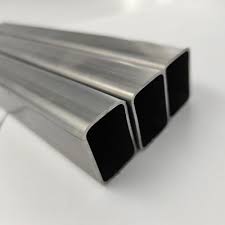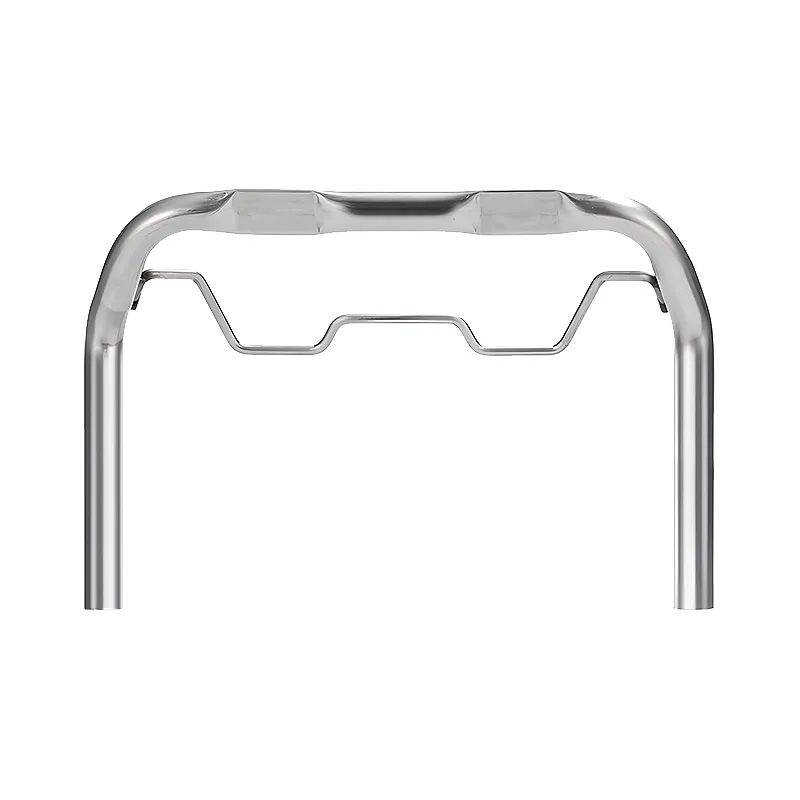seamless steel pipe manufacturing process
2 月 . 12, 2025 19:56

The process of manufacturing seamless steel pipes is a testament to precision engineering and technological advancement. It involves several intricate steps that ensure the production of high-quality pipes capable of withstanding extreme conditions. This article delves into the seamless steel pipe manufacturing process, casting a spotlight on the technological prowess and meticulous craftsmanship required to produce these essential industrial components.

At the heart of any seamless steel pipe manufacturing operation is the selection of raw materials. The process begins with high-quality steel billets, which are foundational to producing pipes that can endure high pressures and temperatures. The chosen billets undergo a chemical and physical inspection, confirming they meet the industry's stringent standards. This starting point is crucial as it sets the stage for the quality and performance of the finished product.
The journey from billet to pipe involves a process known as rotary piercing. During this phase, a solid billet is transformed into a hollow tube. It begins with heating the billet to a specific temperature, typically in a rotary hearth furnace, where uniform heating is ensured. This step is vital as improper heating can lead to defects in the final product. Once the billet reaches the desired temperature, it proceeds to the piercing mill. Here, the billet is cross-rolled between two barrel-shaped rolls, creating a tubular shape. A piercing mandrel further helps shape the billet into a hollow sleeve, presenting the first glimpse of the pipe it will become.

Following the piercing stage is the rolling phase, executed in the rolling mill, often referred to as the Assel or Mannesmann plug mill. This stage involves elongating the pierced billet to increase its length and refine its diameter and wall thickness. The rolling process is precise, employing multiple stands of rolls that gradually shape the pipe to its specified dimensions. This precision is critical, ensuring the pipe maintains uniform thickness and a smooth surface—attributes necessary for its eventual application in various industries.
Heat treatment is the next crucial step, designed to enhance the mechanical properties of the pipe—such as tensile strength and toughness. Depending on the specific pipe grade and application, this could include processes like normalizing, quenching, and tempering. During these treatments, the pipe is heated to a specific temperature and cooled under controlled conditions. This process not only improves performance but also imparts essential resistance to stresses and strains encountered during usage.
Descaling, also known as pickling, is an often-overlooked but vital step in ensuring the pipe's quality. This process involves cleaning the pipe to remove oxides and scale formed during heat treatment, employing either chemical solutions or mechanical cleaning methods. This ensures the final product has a pristine and smooth surface, critical for both aesthetic appeal and functional integrity.
seamless steel pipe manufacturing process
Once cleaned, the pipes undergo cold drawing—a refinement process that reduces the diameter and wall thickness to precise specifications. This stage also enhances the pipe's mechanical properties and surface finish, resulting in a highly refined final product.
Quality control is the linchpin of seamless pipe manufacturing. Each pipe undergoes rigorous testing, including ultrasonic and hydrostatic tests, ensuring it meets international standards for strength, durability, and safety. These tests are non-negotiable, crucial for verifying the structural integrity of the pipes and allowing manufacturers to guarantee product reliability.
Finally, the pipes are finished and prepared for their intended application. This involves cutting the pipes to the desired lengths, beveling the ends for welding, and marking them with identification numbers and grades for traceability.
The seamless steel pipe manufacturing process is a blend of time-honored techniques and modern technology, underscored by rigorous quality standards at every step. Manufacturers invest heavily in state-of-the-art machinery and skilled personnel, ensuring robust and reliable products. These pipes find applications in oil and gas, construction, automotive, and many other sectors, where they are valued for their strength, resistance to corrosion, and seamless nature, which ensures leak-proof transmission.
In essence, the seamless steel pipe manufacturing process is a compelling narrative of industrial evolution that emphasizes the expertise and precision necessary to produce these ubiquitous yet highly specialized components. Through continuous improvement and adherence to quality, manufacturers secure their place in a demanding market while contributing significantly to infrastructure and industry worldwide.


